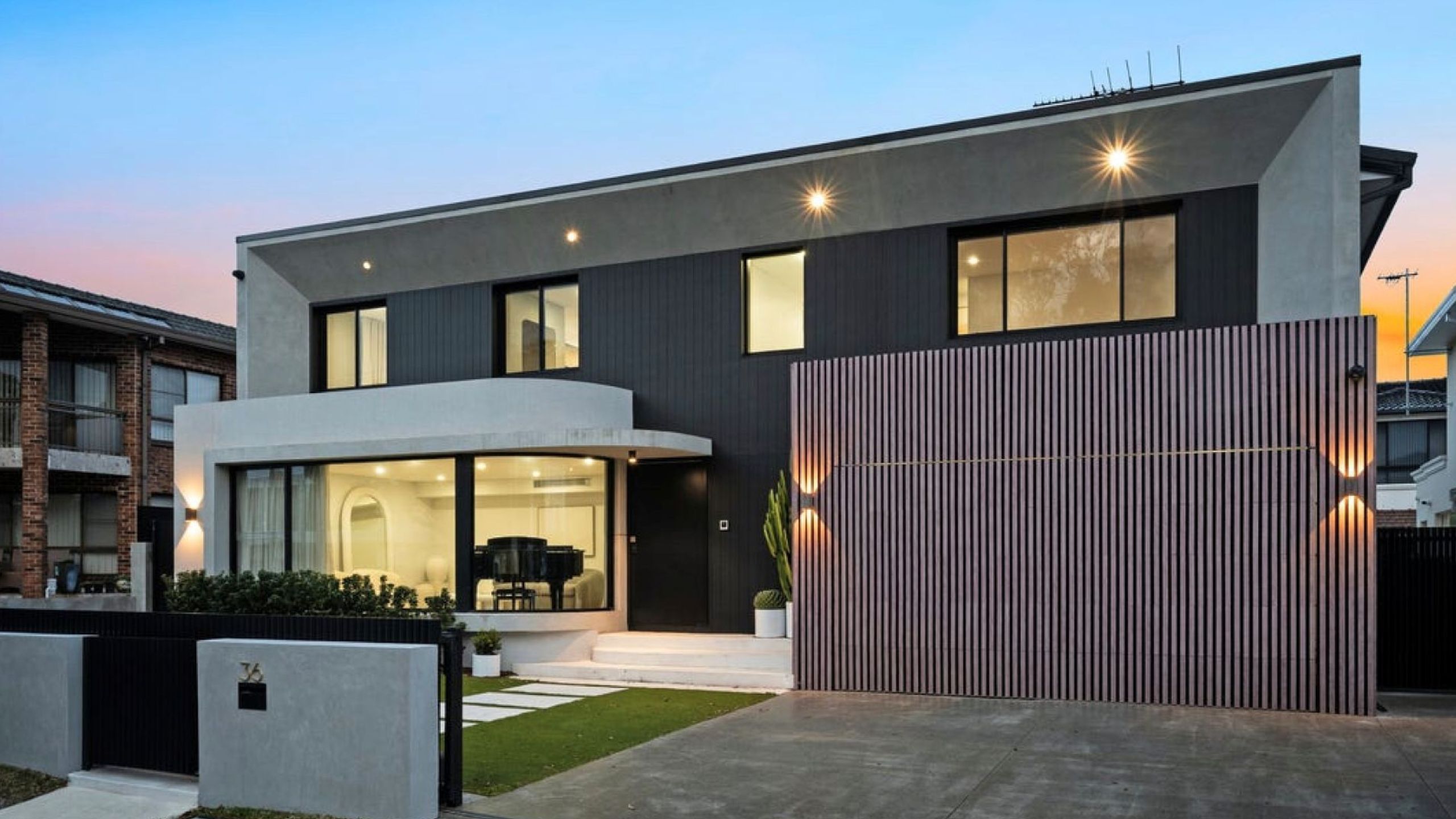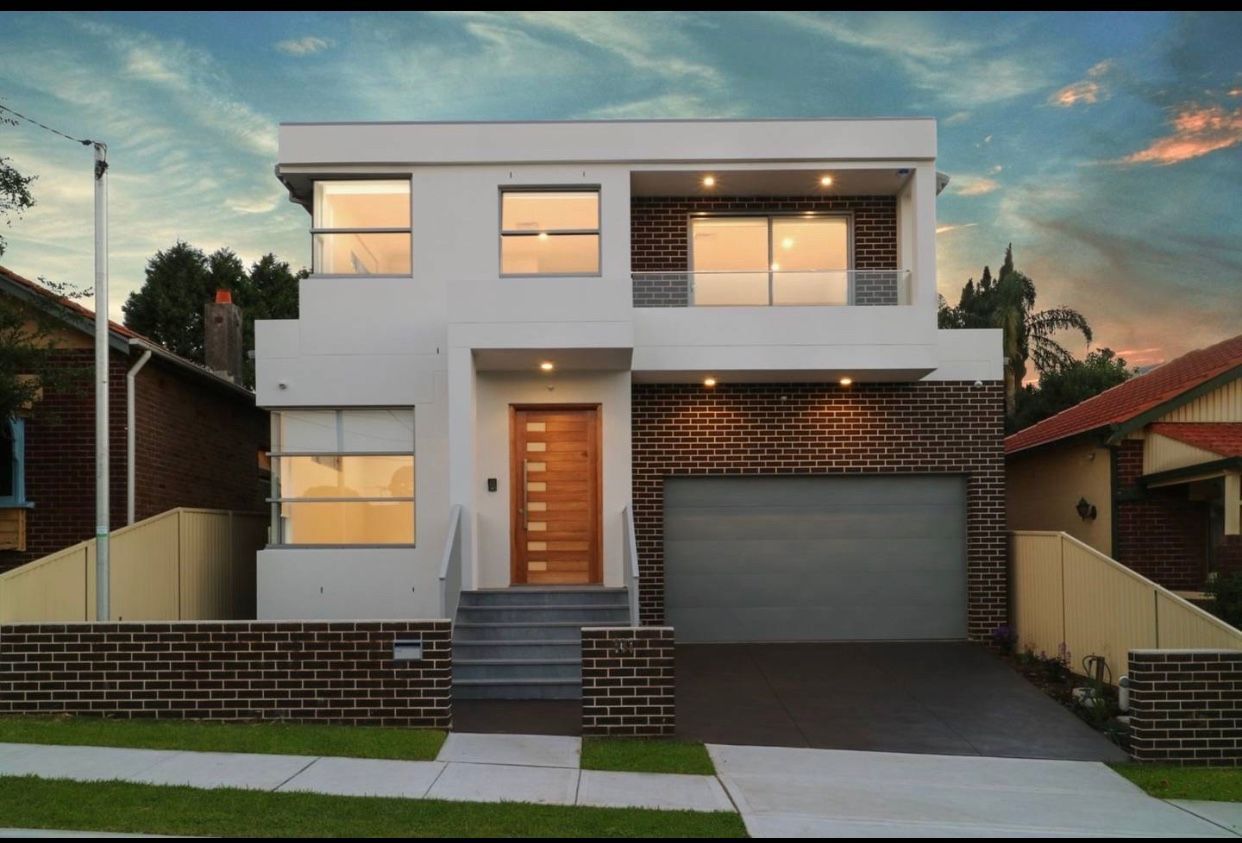If you are contemplating methods to enhance your living space without sacrificing your treasured outdoor area, numerous families in Sydney have found that opting for a first floor or second storey addition is the most sensible choice. This strategy not only provides the essential extra space you need while allowing you to remain in your beloved neighbourhood but also presents a fantastic opportunity to completely transform the design and functionality of your home. A second storey can elevate your lifestyle by affording more room for family gatherings, establishing a peaceful retreat, or even welcoming guests into a comfortable space.

Homeowners are utilising second storey additions in a myriad of innovative and creative ways! For instance, you could relocate bedrooms and bathrooms to the upper level to free up valuable ground floor space, create more interconnected and open living areas, and enhance kitchens and bathrooms within a cohesive design framework. By building upwards, you not only preserve your precious outdoor space but also gain breathtaking elevated views, significantly increasing the long-term value of your property.
The outcome is a home that feels entirely rejuvenated, alongside a property that is effectively prepared for future needs and challenges. This transformation can enhance both your family's comfort and the market appeal of your property.
However, prior to diving into the design of your new upstairs bedrooms or relishing those stunning views, there’s an essential consideration to evaluate:
Will your existing foundation actually support the extra weight of a second storey?
Assessing Your Foundation's Capacity for Second Storey Additions
While many homes possess the structural capability to support a second storey addition, each property presents unique challenges. Various factors, including the age of your home, the type of foundation or subfloor, soil conditions, and any previous renovations significantly influence whether your current foundation can bear the additional load. It is crucial to consider these elements to ensure that your home can safely support the planned renovations.
This is why the first step in your renovation journey should focus on understanding your home’s structural integrity, rather than rushing into design choices. A thorough evaluation of your property will pave the way for successful renovations, allowing for a seamless integration of the new space.
What Steps Do Builders Take to Evaluate Your Foundation?
When you engage a qualified builder for your project, the assessment generally involves several key steps to ensure safety and compliance with regulations:
- Condition checks to evaluate the integrity of your existing slab or subfloor, ensuring they can withstand the added weight of an upper level.
- Structural engineering evaluations to create new steel beams, tie-ins, and bracing that will adequately support the new addition.
- Service integration planning to ensure that plumbing, drainage, and electrical systems operate smoothly across both levels, enhancing overall functionality.
- Waterproofing and insulation strategies to strengthen long-term performance and durability, protecting your investment for years to come.
This stage lays the groundwork for the entire construction process. The focus shifts from simply questioning, “can we add a second storey?” to a more intricate consideration: “how can we execute this safely, efficiently, and with foresight?”
Why is Thorough Planning Essential for Your Second Storey Addition?
Adding a floor to your home is not merely a cosmetic enhancement; it represents a significant structural modification. Inadequate planning can lead to various complications, including cracks, leaks, or potentially serious structural failures. In contrast, when executed properly, a second storey can blend seamlessly with your home, enhancing its overall aesthetic appeal and functionality.
Specialist builders concentrate on multiple aspects beyond just structural integrity:
- They design for visual cohesion, ensuring the new extension appears as if it were part of the original structure from the beginning.
- They facilitate smooth transitions between the existing and new sections of the house, enhancing flow and usability throughout your home.
- They consider long-term durability, prioritising not just the immediate build but also future maintenance and performance to safeguard your investment against time.
What Should You Know About Approvals: DA or CDC?
In the Sydney area, all second storey additions require appropriate approvals. Depending on the specifications of your block and design parameters, you may qualify for a faster process with a Complying Development Certificate (CDC), or you might need to submit a full Development Application (DA). Understanding these processes is crucial for timely project completion.
An experienced builder will guide you through this complex procedure, which includes:
- Conducting zoning checks and comprehensive site analyses to ensure adherence to local regulations and guidelines.
- Offering pre-lodgement advice to expedite the approval process efficiently and effectively.
- Preparing all necessary drawings, reports, and compliance documents that meet the required regulatory standards.
- Coordinating with certifiers and consultants to ensure alignment on all project requirements and compliance issues.
Having extensive experience with various councils becomes invaluable during this process, ensuring you navigate the requirements with ease and confidence.

What If You Already Have Architectural Plans for Your Second Storey?
If you’ve previously collaborated with an architect or designer on your project, there’s no necessity to start anew. A builder who is experienced in second-storey constructions can thoroughly evaluate your existing plans, confirm their structural viability, and work alongside your consultants to actualise your design vision. This approach can save you both time and resources while ensuring that your ideas can be effectively realised.
So, Can Your Foundation Support a Second Storey Addition?
The response to this inquiry is often multifaceted. For some homes, the answer may be a simple yes, while for others, additional engineering or reinforcement might be necessary. Regardless of the circumstances, with thorough planning and the right expertise, many homes in Sydney can successfully accommodate a second storey addition. Ensuring that your foundation is assessed early in the process is crucial to avoid the disappointment of falling in love with plans that your foundation cannot feasibly support.
Significant Benefits of Adding a Second Storey
A second storey addition is one of the most intelligent strategies to gain extra living space, boost your property's value, and future-proof your home against changing needs. However, the entire process must commence with a careful examination of the existing foundation. With the right due diligence, structural engineering, and a design-focused approach, your home can confidently expand upwards, creating a space that meets your family’s evolving requirements.
If you are considering a second storey addition in Sydney, reach out to Phase Projects. We will assess your foundations, guide you through the approvals process, and ensure a result that feels like an integral part of your home, enhancing both functionality and aesthetic appeal.
Connect with Us for Expert Guidance on Your Second Storey Addition
7 Commonly Asked Questions Regarding Second Storey Additions in Sydney
1. Can my existing foundation support a second storey?
In many cases, yes, but this is contingent upon various factors, including the home’s age, soil conditions, and the structural integrity of the slab or subfloor. A structural engineer will conduct a thorough assessment before any design work can commence to ensure safety and compliance.
2. Do I need council approval to add a second storey?
Yes, obtaining the necessary approval is essential. Most projects will require either a Development Application (DA) or may qualify for a Complying Development Certificate (CDC). Your builder will assist you in navigating the appropriate path for your specific project, ensuring compliance with local regulations and standards.
3. How much does it cost to build a second storey in Sydney?
The costs can vary significantly based on design specifications, finishes, and structural requirements. A comprehensive site inspection and an engineering report will be indispensable in providing a detailed and accurate proposal tailored to your project's unique needs.
4. How long does a second storey addition typically take?
Generally, most projects take around 8 to 12 months to complete, influenced by factors such as required approvals, project complexity, and prevailing weather conditions. Effective planning can significantly streamline the process, ensuring timely completion.
5. Will the new level blend seamlessly with my existing home?
Yes, with careful and thoughtful design, the new addition can integrate beautifully with the existing structure. A specialist builder will ensure that it feels original and cohesive, enhancing the overall aesthetic appeal of your home.
6. What upgrades are commonly undertaken with second storey builds?
Many homeowners seize this opportunity to reconfigure the ground floor layout, upgrade kitchens and bathrooms, and enhance the overall flow and finishes of the home, resulting in a more harmonious and functional living space.
7. Is building up a better option than extending out?
For many properties in Sydney, building upwards is indeed the more beneficial choice. This approach preserves valuable outdoor space, maximises land value, and often results in better views, making it a highly sought-after option for homeowners.
The Article: Will My Foundation Support a Second Storey Addition? first appeared on https://writebuff.com
The Article Foundation Support for a Second Storey Addition: Key Considerations Was Found On https://limitsofstrategy.com


